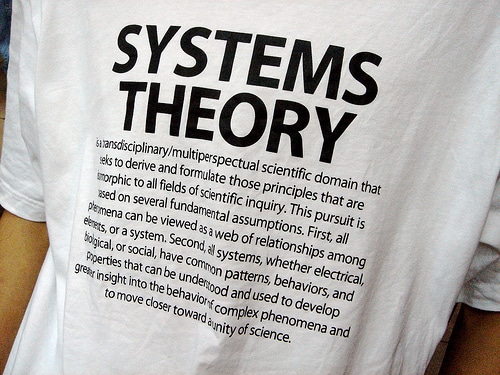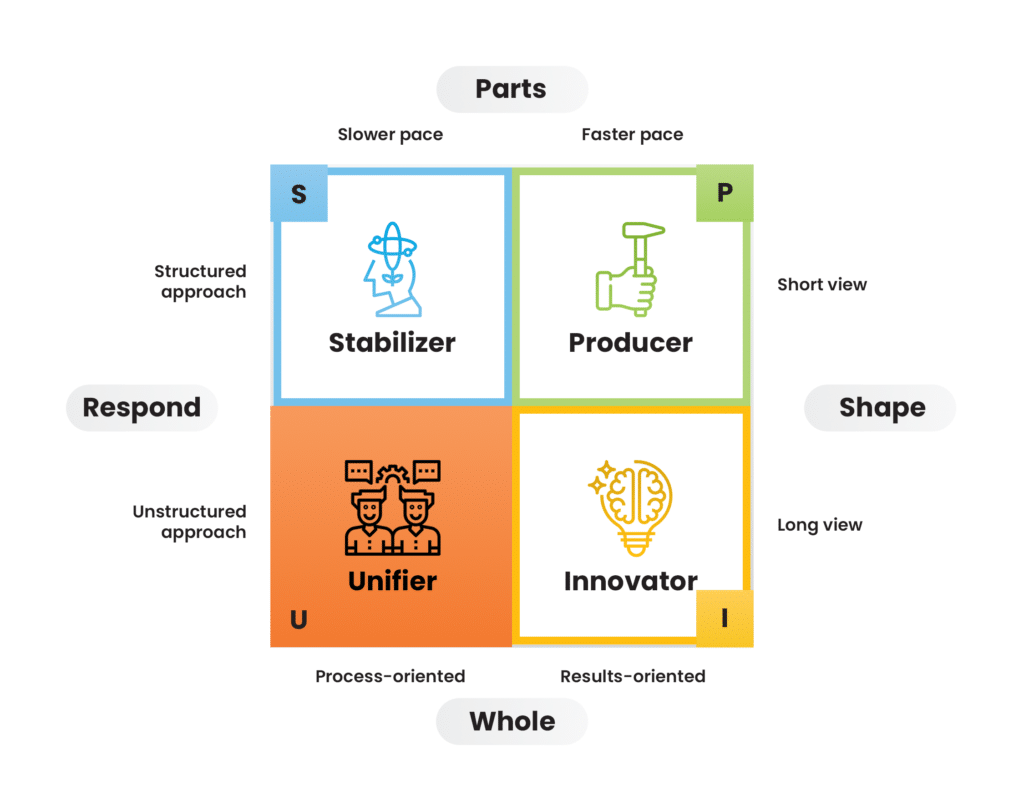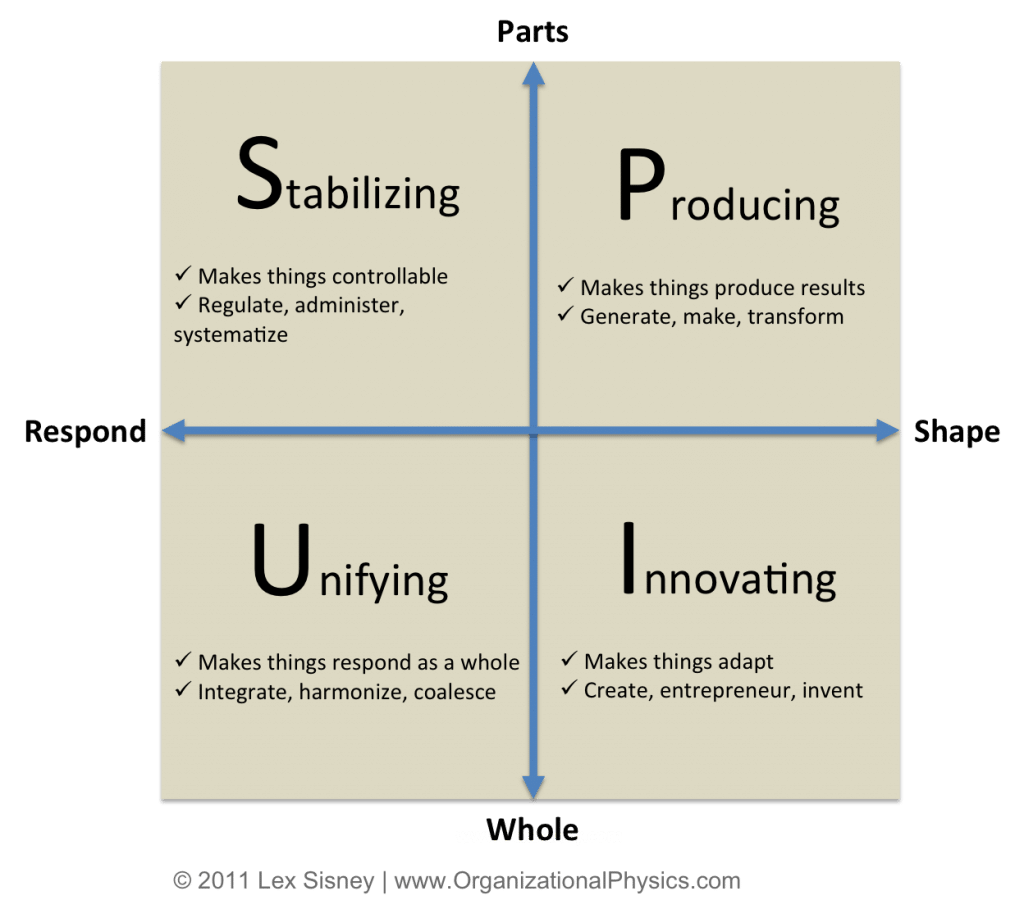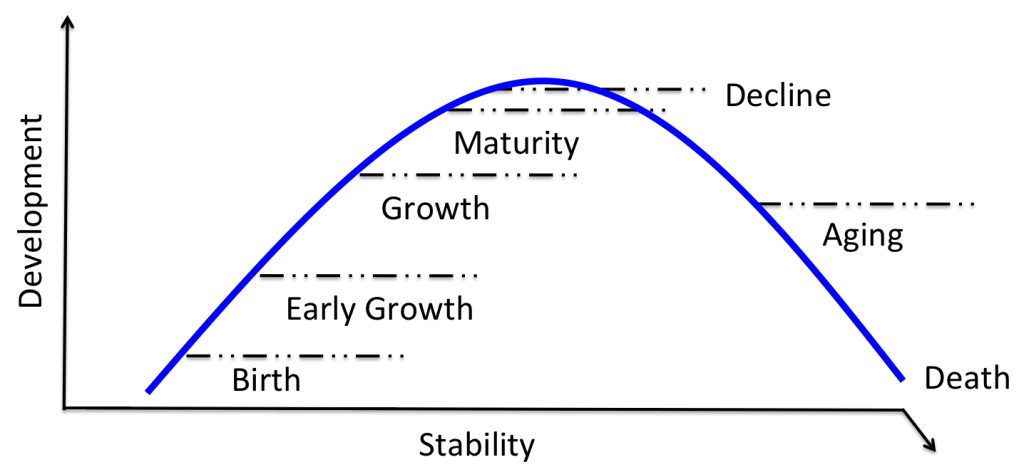The Universal Success Formula
 If you want to understand how something really works and what makes it successful, it’s not enough to break it down into its individual components. Instead, you need to look at how it operates as a system. By definition, a system is a series of interacting, interrelated, or interdependent elements forming a complex whole. And there’s absolutely nothing you can think of that is not a system. For example, you’re a system (specifically, a complex adaptive or living system). You have a body, which is a physical system comprised of other systems (immune, circulatory, digestive, etc.). If we were to look closely at any one of these, we’d see that they’re comprised of even smaller systems. And of course, your physical system is also an element in a larger system. You have a mental and an emotional system; you’re part of a family system, a community system, an economic system, a government system, an ecological and planetary system, and so on. Everything is a system.
If you want to understand how something really works and what makes it successful, it’s not enough to break it down into its individual components. Instead, you need to look at how it operates as a system. By definition, a system is a series of interacting, interrelated, or interdependent elements forming a complex whole. And there’s absolutely nothing you can think of that is not a system. For example, you’re a system (specifically, a complex adaptive or living system). You have a body, which is a physical system comprised of other systems (immune, circulatory, digestive, etc.). If we were to look closely at any one of these, we’d see that they’re comprised of even smaller systems. And of course, your physical system is also an element in a larger system. You have a mental and an emotional system; you’re part of a family system, a community system, an economic system, a government system, an ecological and planetary system, and so on. Everything is a system.
When it comes to the study of what makes something successful, what we’re really asking is what causes a complex adaptive system to fail or succeed. Success simply means that the system (e.g., you, your family, your company, or whatever you choose to identify as the system) attains a desired goal. Failure means it does not. Winning the Super Bowl…being happy…earning a billion dollars – as long as you can measure it quantitatively or qualitatively, it’s a valid definition of success. And because everything, large or small, is a system, we can use the same universal principles to understand if it’s likely to fail or succeed. That’s pretty cool.
What actually does cause any system to fail or succeed? The answer is System Energy Management. This means just […]






 Is your organization designed to be a rocket or a parachute? If I were to ask you a random and seemingly strange question, “Why does a rocket behave the way it does and how is it different from a parachute that behaves the way it does?” You’d probably say something like, “Well, duh, they’re designed differently. One is designed to go fast and far and the other is designed to cause drag and slow an objection in motion. Because they’re designed differently, they behave differently.” And you’d be correct. How something is designed controls how it behaves. (If you doubt this, just try attaching an engine directly to a parachute and see what happens).
Is your organization designed to be a rocket or a parachute? If I were to ask you a random and seemingly strange question, “Why does a rocket behave the way it does and how is it different from a parachute that behaves the way it does?” You’d probably say something like, “Well, duh, they’re designed differently. One is designed to go fast and far and the other is designed to cause drag and slow an objection in motion. Because they’re designed differently, they behave differently.” And you’d be correct. How something is designed controls how it behaves. (If you doubt this, just try attaching an engine directly to a parachute and see what happens). A good design supports its purpose. There’s a saying in architecture and design that “form follows function.” Put another way, the design of something should support its purpose. For example, take a minute and observe the environment you’re sitting in (the room, building, vehicle, etc.) as well as the objects in it (the computer, phone, chair, books, coffee mug, and so on). Notice how everything serves a particular purpose. The purpose of a chair is to support a sitting human […]
A good design supports its purpose. There’s a saying in architecture and design that “form follows function.” Put another way, the design of something should support its purpose. For example, take a minute and observe the environment you’re sitting in (the room, building, vehicle, etc.) as well as the objects in it (the computer, phone, chair, books, coffee mug, and so on). Notice how everything serves a particular purpose. The purpose of a chair is to support a sitting human […]







